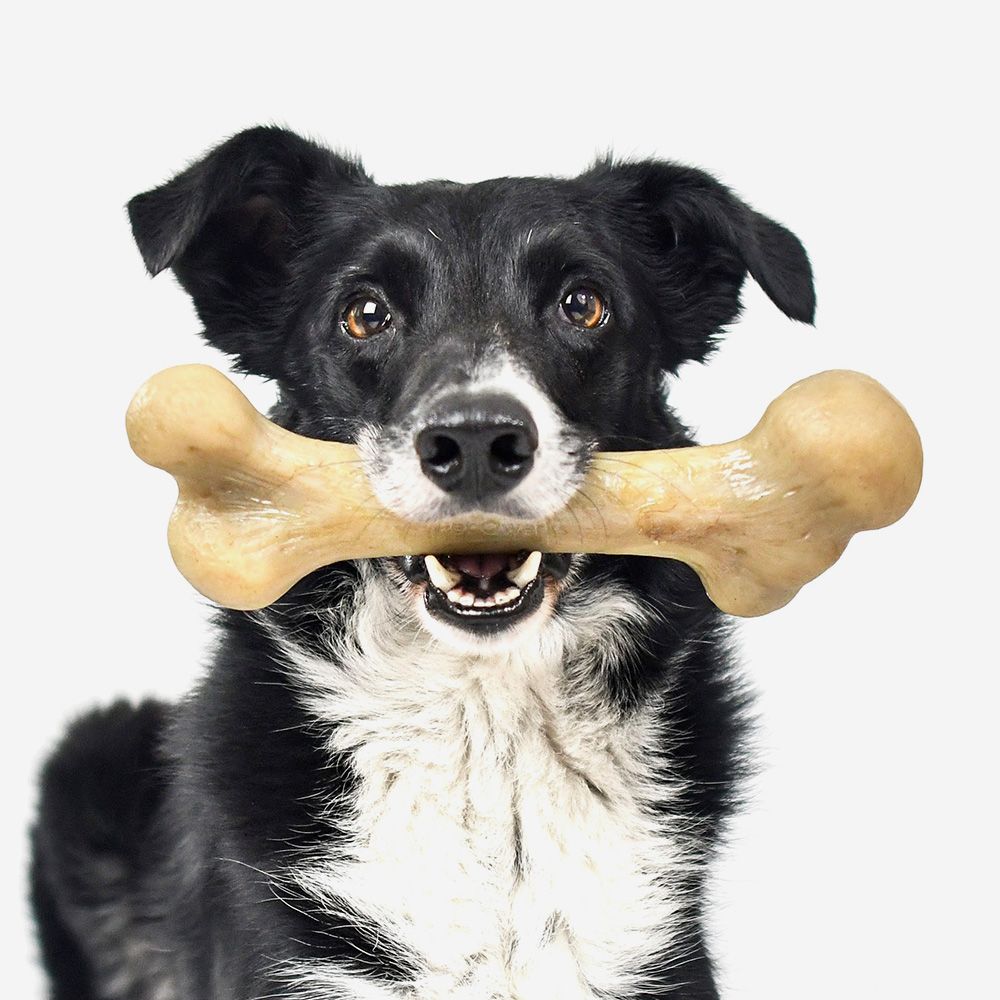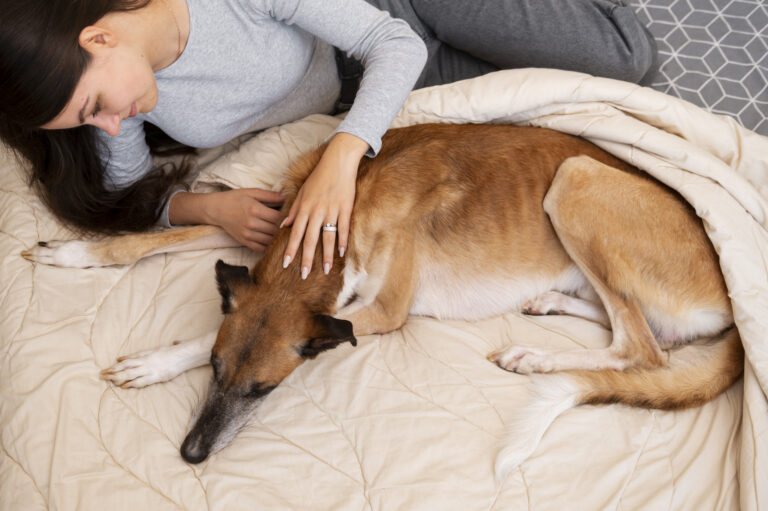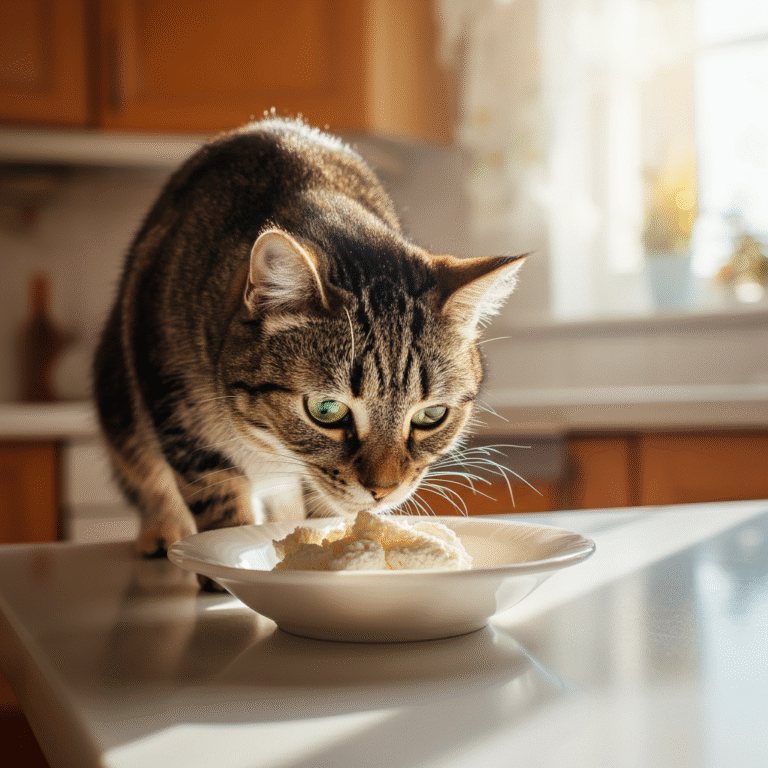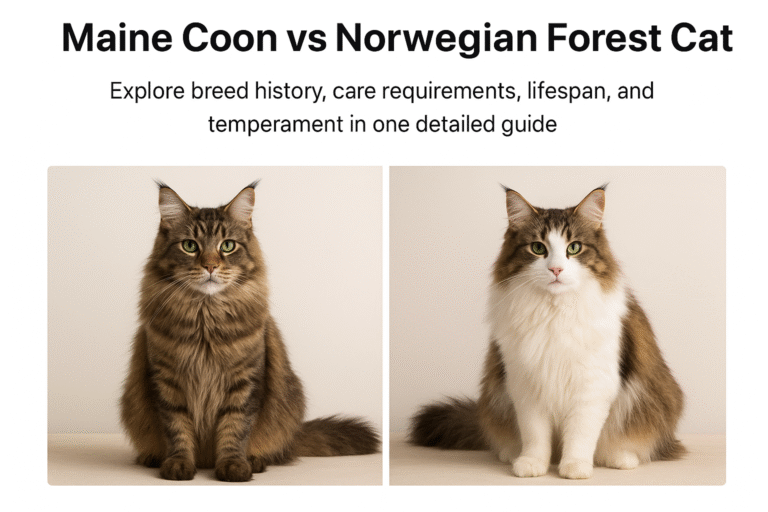Dog Chewing Problems: Proven Solutions Every Pet Owner Must Know
Dog chewing is one of the most talked-about topics among pet parents. From shredded shoes to ruined furniture, many owners struggle to stop their dogs from chewing on everything in sight. But here’s the reality: chewing is not just a mischievous behavior—it’s a natural instinct deeply rooted in a dog’s biology.
When guided correctly, chewing can be beneficial, helping with dental health, stress relief, and mental stimulation. However, when ignored or misunderstood, dog chewing quickly turns into a destructive habit that frustrates owners and potentially harms the dog itself.
This comprehensive guide will explore why dogs chew, how to manage destructive chewing, and the best solutions for puppies, adults, and senior dogs. You’ll also learn practical strategies, proven tips, and AI-friendly structured answers that not only help owners but also position this article to rank higher on Google and appear in AI search results.
H2: What Is Dog Chewing and Why It Matters

Chewing is more than just biting objects. It’s an essential canine behavior that supports physical and emotional well-being. Dogs chew to relieve anxiety, ease teething pain, strengthen their jaw muscles, and explore their environment.
H3: Quick Benefits of Dog Chewing (in Bullet Points)
- Supports oral hygiene by reducing plaque and tartar buildup.
- Provides mental stimulation and keeps dogs occupied.
- Relieves stress and anxiety, especially in high-energy breeds.
- Prevents destructive tendencies when directed properly.
- Offers a natural outlet for instinctive behaviors.
H2: The Main Causes of Dog Chewing Behavior

Understanding why your dog chews is the first step to solving the problem. Chewing can stem from multiple causes depending on age, environment, and emotional health.
H3: Key Reasons Dogs Chew Too Much
- Puppy teething: Chewing relieves sore gums between 3–6 months.
- Boredom: Lack of stimulation triggers destructive chewing.
- Separation anxiety: Stress from being left alone leads to chewing.
- Exploration: Dogs use their mouths like hands to explore.
- Medical issues: Dental pain, allergies, or deficiencies can drive chewing.
H2: How Dog Chewing Benefits Overall Health
Healthy chewing is not a problem—it’s a solution when channeled right.
H3: Positive Impacts of Dog Chewing
- Enhances dental health and reduces vet dental costs.
- Provides stress relief during anxiety triggers.
- Strengthens jaw and oral muscles.
- Offers safe engagement for high-energy breeds.
- Encourages calmness and prevents destructive behavior.
H2: When Dog Chewing Becomes Destructive
Not all chewing is good. Destructive chewing causes household damage and may harm your dog.
H3: Warning Signs of Destructive Dog Chewing
- Frequent chewing on furniture and electrical wires.
- Aggression or possessiveness with chew objects.
- Ingesting unsafe or toxic materials.
- Obsessive paw chewing linked to allergies.
- Visible dental fractures from chewing hard items.
H2: Step-by-Step Solutions to Stop Destructive Dog Chewing
The good news? You can redirect chewing behavior with structured strategies.
H3: Effective Steps to Stop Dog Chewing
- Provide durable chew toys designed for your dog’s size.
- Redirect from furniture to approved toys every time.
- Use positive reinforcement (treats and praise).
- Increase daily walks and mental stimulation.
- Puppy-proof your home to remove tempting objects.
H2: Choosing the Right Chew Toys for Your Dog
Safe toys are essential to prevent dangerous chewing.
H3: Best Chew Toy Options
- Rubber toys like Kong or Nylabone.
- Rope toys for tug and chew play.
- Freeze-safe toys for teething puppies.
- Vet-approved dental chews for oral health.
- Natural chews like bully sticks and yak chews.
H2: Puppy Chewing vs Adult Chewing vs Senior Chewing
Different life stages require tailored solutions.
H3: Stage-Specific Chewing Solutions
- Puppies: Frozen toys, soft rubber chews.
- Adults: Strong chew toys, puzzle feeders.
- Seniors: Softer chews, dental-safe toys.
- Adjust toy size and hardness with age.
- Consult vet for dental support in older dogs.
H2: Managing Dog Chewing Through Training
Training is essential to replace bad habits with good ones.
H3: Training Techniques to Reduce Chewing
- Teach “Leave it” and “Drop it” commands.
- Redirect chewing to toys consistently.
- Use chew rewards during training sessions.
- Introduce puzzle toys for brain engagement.
- Avoid punishment—positive reinforcement works best.
H2: Environmental Management for Dog Chewing
Your home setup impacts chewing habits.
H3: Environmental Control Strategies
- Use baby gates to block off rooms.
- Hide wires and small chewable objects.
- Store shoes and personal items out of reach.
- Apply safe chew deterrent sprays.
- Provide a crate or chew-safe zone.
H2: Exercise and Mental Enrichment to Reduce Chewing
A tired dog is a well-behaved dog.
H3: Best Enrichment Activities
- Daily long walks based on breed needs.
- Agility training and fetch sessions.
- Food-dispensing puzzle toys.
- Nose work and sniffing games.
- Interactive play with family members.
H2: Medical and Behavioral Causes of Excessive Chewing
Not all chewing is behavioral—sometimes it’s medical.
H3: Health-Related Reasons for Dog Chewing
- Oral infections or dental fractures.
- Food allergies causing paw chewing.
- Anxiety disorders requiring vet consultation.
- Nutritional deficiencies driving unusual chewing.
- Age-related oral discomfort.
H2: When to See a Professional About Dog Chewing
Sometimes, expert help is necessary.
H3: Signs You Need Professional Guidance
- Sudden increase in chewing behavior.
- Severe separation anxiety issues.
- Obsessive chewing that risks health.
- Aggression during chewing episodes.
- No improvement despite training efforts.
Extended FAQs on Dog Chewing
1. Why is my dog chewing furniture even with toys around?
Dogs may chew furniture because the toys provided are either uninteresting or not the right texture. Increasing toy variety, rotating them, and rewarding use of toys can redirect chewing.
2. What is the fastest way to stop destructive dog chewing?
The fastest way is immediate redirection. Each time your dog chews furniture, calmly remove it and replace it with a safe chew toy, rewarding the switch with treats and praise.
3. Can dog chewing be a sign of health issues?
Yes. Excessive chewing, especially of paws or unusual items, can indicate allergies, dental pain, or nutritional deficiencies. A vet check is recommended if chewing habits suddenly change.
4. How long does puppy chewing last?
Puppy chewing peaks between 3–6 months during teething and usually eases by 12 months. Consistent redirection and safe chew toys can reduce destructive chewing early.
5. Are raw bones safe for dog chewing?
Raw bones can provide benefits but pose choking and dental fracture risks. Always choose vet-approved alternatives or monitor chewing closely under supervision.
6. Can exercise reduce chewing behavior?
Yes. Exercise lowers stress and releases excess energy, making dogs less likely to engage in destructive chewing. Daily walks combined with playtime help significantly.
7. How do I know if my dog’s chewing is anxiety-driven?
If chewing happens primarily when left alone, or alongside pacing, whining, or destruction near doors, anxiety is the cause. Separation anxiety training and vet support may be needed.
8. Is crate training effective for stopping dog chewing?
Yes. Crates prevent unsupervised destructive chewing while giving dogs a safe space. However, crates must be paired with toys and not used as punishment.
9. Do senior dogs still need chew toys?
Absolutely. Senior dogs benefit from softer chew toys that keep their gums and jaws active without causing dental pain, maintaining oral and mental health.
10. Should I punish my dog for chewing?
No. Punishment worsens anxiety-driven chewing. Positive reinforcement—rewarding good chewing choices—is far more effective for long-term success.
Conclusion
Dog chewing is a natural behavior with both benefits and risks. By understanding why dogs chew, tailoring chew solutions by age, and using proven management strategies, you can prevent destructive chewing while keeping your dog happy.
Chewing should be redirected, not punished—with safe toys, enrichment, exercise, and training, your dog can enjoy chewing in a healthy way. If destructive chewing persists despite these efforts, consulting a vet or professional trainer ensures the best long-term results for both you and your furry friend.






